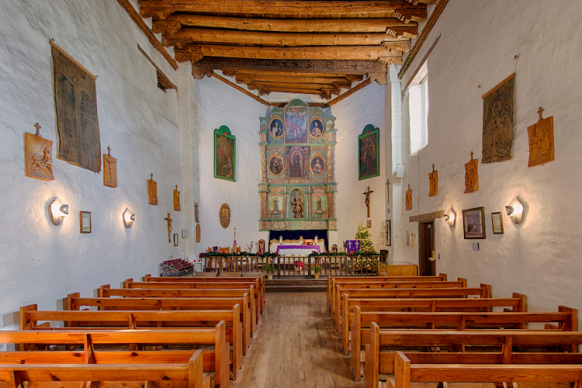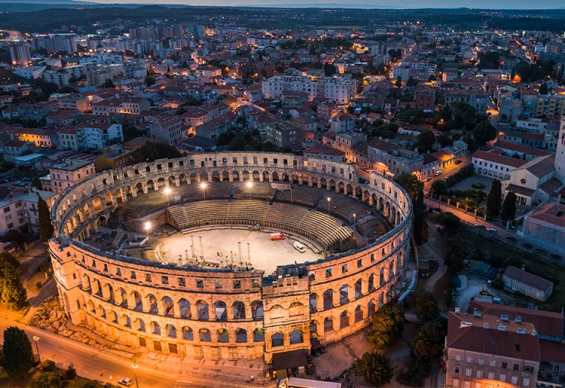
About Harar Jugol Wall
The Harar Jugol Wall in Harar Jugol is the historic fortification surrounding the Ethiopian city which acted as the capital of the Harari Kingdom from 1520 to 1568.
Even beyond the 16th century, the walled city of Harar Jugol continued to be an important trading hub. It would become an independent emirate in the 17th century and part of Ethiopia in the 19th century.
Harar Jugol Wall history
The Harar Jugol Wall is believed to have been built between the 13th and 16th centuries. The Harar Jugol Wall originally had five historic gates providing five entries into five different districts of the city. The wall was built as a defense in medieval times, an imposing 5m high and 3.5km long. The old town is surrounded by this fascinating wall with the famous gates, Shoa Gate, Buda Gate, Erer Gate, Sanga Gate and Fallana Gate. In 1889 a sixth gate, Harar gate, was added by Ras Makonnen, the first duke of Harar.
The African and Islamic traditions influenced over a long period of time the development of the city and its typical urban planning and contributed to its particular character and uniqueness. The present urban layout follows the 16th century design for an Islamic town with its central core occupied with commercial and religious buildings and a maze of narrow alleyways with imposing facades.
Modern Hārer surrounds the old capital, which is Ethiopia’s only walled city. The ancient walls enclose a crowded Muslim town with alleyways that wind to a central marketplace. Outside the walls, the city spreads across the plateau and is characterized by northern Ethiopian and European architecture. Because of ritual differences in slaughtering, separate Muslim and Christian marketplaces are maintained.
Harar Jugol Wall today
Today, Harar Jugol is considered to be the world’s ‘fourth holy city of Islam and is home to 82 mosques – 3 of 10th century origin – as well as historic buildings and shrines. The layout of Harar Jugol is also of historic significance. The whole city of Harar Jugol is a UNESCO World Heritage site.
Getting to Harar Jugol Wall
To get to Harar Jugol, there is a bus service from Addis Abaha and Dire Dawa. Old town Harar is primarily accessible on foot as it is crossed by 368 narrow alleyways.
Featured In

Ethiopia Historic Sites
Discover 5 of the best historic sites in Ethiopia, from the incredible rock-hewn Lalibela Churches to the ancient capital of Axum, in our historic traveller's guide.




















